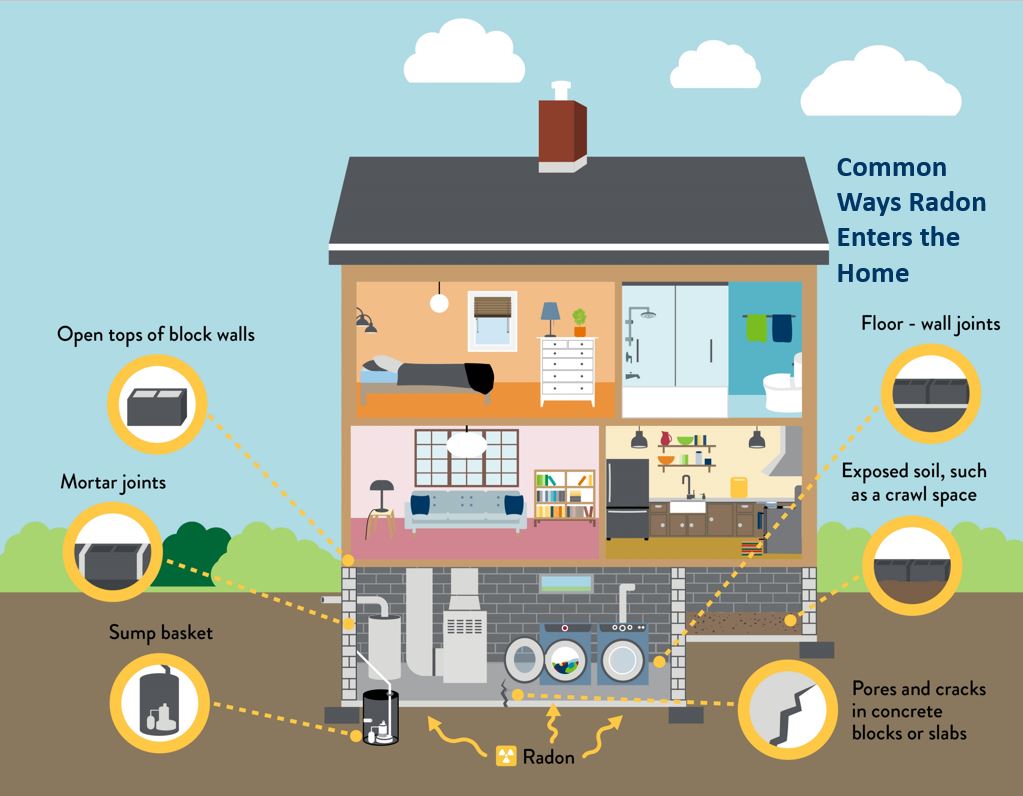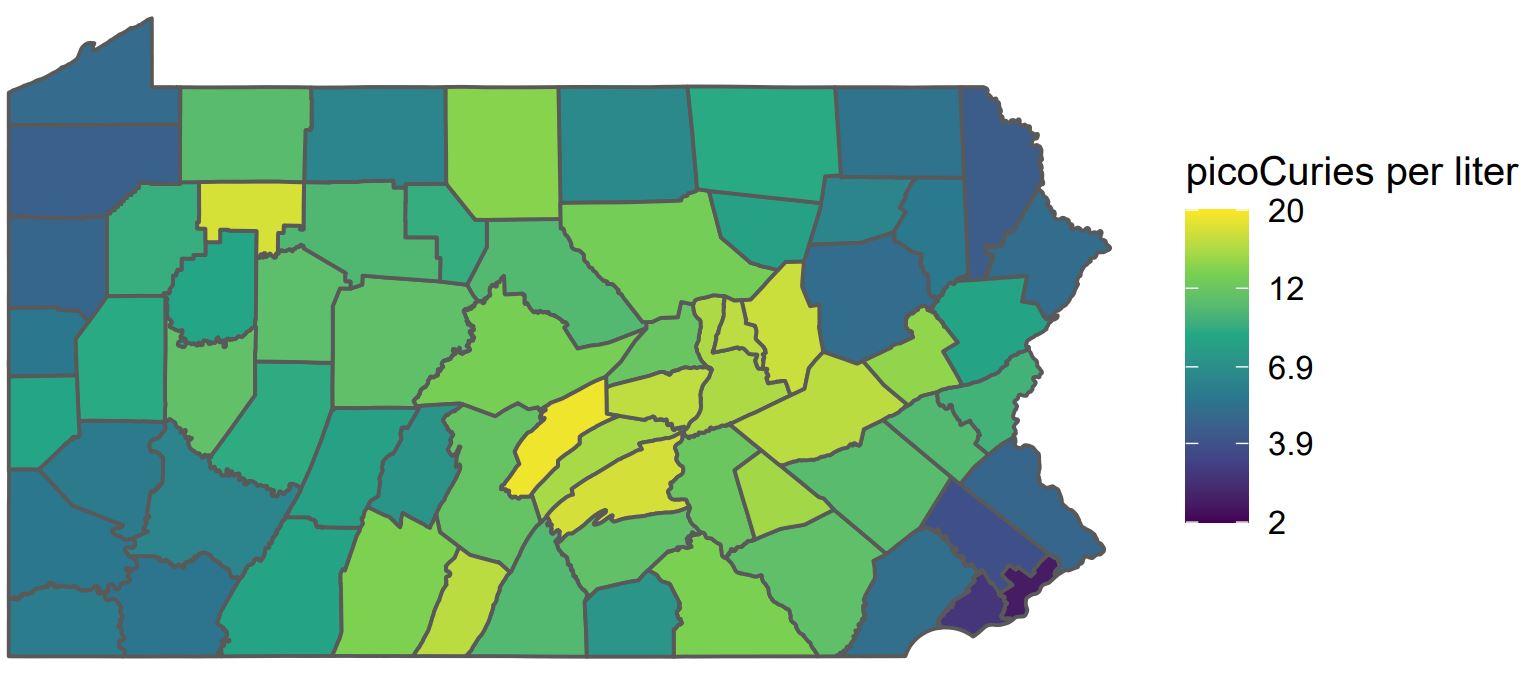Radon Testing
Book Now
Radon Testing
Radon is an odorless, colorless gas that is the second leading cause of lung cancer after cigarette smoking. Having your home tested is the only effective way to determine whether you and your family are at risk of high radon exposure. Pennsylvania has one of the most serious radon problems in the United States. Approximately 40 percent of Pennsylvania homes have radon levels above Environmental Protection Agency’s action guideline of 4 picocuries per liter. For those with radon mitigation systems, manufacturers recommend testing every 2 years to ensure effective mitigation. Search the Pennsylvania DEP website by zip code to find out the percentage of homes that need mitigation in your zip code.
Radon levels vary geographically, both at large scales (state to state, county to county) and at even finer scales. By finer scales, just because one house has low radon levels does not predict any house next to it will also have low radon levels. Below is the illustration of radon distribution for Pennsylvania. Specifically, this figure shows the mean radon level across all the tests reported during from 2008 – 2017. This map shows a general, overall level of risk in an area without considering a specific house. This is an average. Some will be higher and some will be lower. For instance, Lancaster county may have an average around 10-12, but some houses in that area tested in the 300s or higher. While the southeast corner has the lowest overall readings, a significant number of houses will still be above the 4 picoCuries per liter threshold the EPA uses for recommending mitigation. Bottom line, if a test has not been done in the last two years, get radon test done.

Radon is a radioactive gas that forms naturally when uranium, thorium, or radium, which are radioactive metals, break down in rocks, soil and groundwater. People can be exposed to radon primarily from breathing radon in air that comes through cracks and gaps in buildings and homes. Because radon comes naturally from the earth, people are always exposed to it.
The U.S. Environmental Protection Agency and the Surgeon General’s office estimate radon is responsible for more than 20,000 lung cancer deaths each year in the U.S. When you breathe in radon, radioactive particles from radon gas can get trapped in your lungs. Over time, these radioactive particles increase the risk of lung cancer. It may take years before health problems appear.
Minnesota Gopher and USA hockey star Rachael Malmberg was hit with stage 4 lung cancer. When she started researching and testing her home, she thought radon was the culprit. You can find her story at Health.com and at CBS Minnesota.
Our testing equipment stays in the house for two days (four days if closed house conditions are not present at the start of the test) and we can deliver the reports the same day we pick up the equipment.